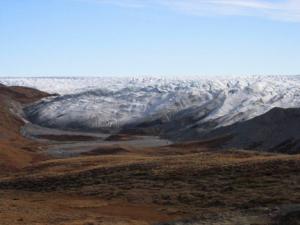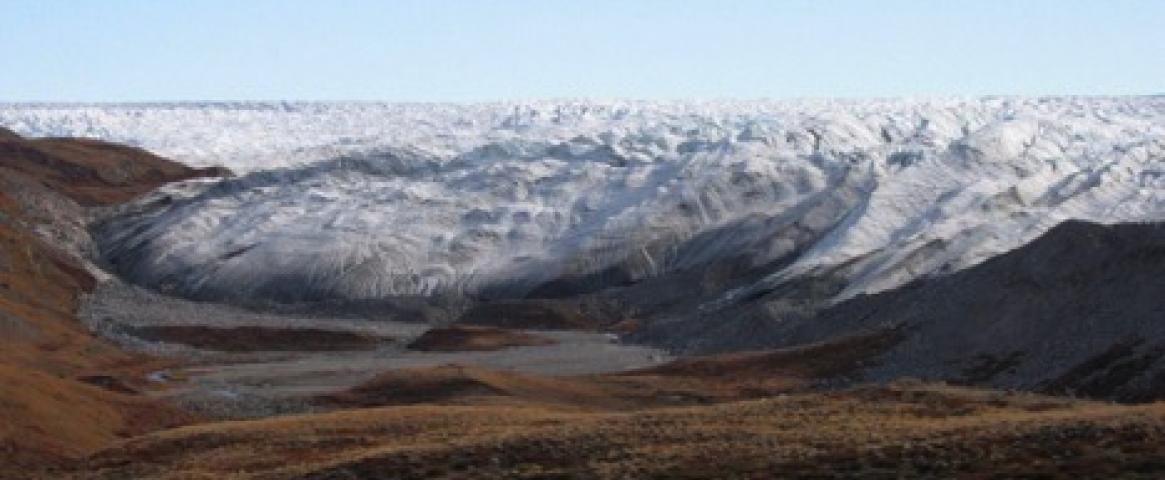By Shelby Whitehead

Credit: Jansson/PNNL
“Soil microorganisms are governing a lot of biogeochemical processes that are vital to life on our planet,” said microbial ecologist Janet Jansson of Pacific Northwest National Laboratory, during a Feb. 17 talk at the American Association for the Advancement of Science annual meeting.
As climate change concerns continue to gain prominence, researchers like Jansson are examining how microbial communities are surviving and shifting their biological functions. But microbes crucial to the environment are challenging to analyze in the laboratory, because researchers lack a standardized way of sampling them and measuring their chemical and physical properties. Experts in the field of analysis are working to change that.
Carbon, phosphorus and nitrogen are essential for life, and microbes influence how much of these nutrients exist in the oceans, soil and atmosphere. Climate change is altering those processes. Earth’s permafrost, now thawing, is home to microbes adapted to frigid growth conditions. Jansson has seen evidence of the melting permafrost across the Arctic landscape as thawing creates ridges of frozen and unfrozen soil layers, each with their own microbiome. The warming permafrost releases greenhouse gases like carbon dioxide and methane.
Fungi are also being forced to adapt to the changing climate. The stubborn persistence of fungi allows them to survive in crude oil, jet fuel, hydrothermal vents and the Arctic Ocean. However, their asexual reproduction and limited means of dispersal to new locations reduce their adaptive abilities, making them vulnerable to changes within their extreme environments, said D. Jean Lodge, a mycologist at the University of Georgia.
Jansson is looking at genes and gene expression of soil microbes at a community level across terrains for clues about nutrient shifts. She has found that drought conditions in grasslands — known to be organic matter storehouses — can change cellular processes of soil microbes to increase sugar creation and decrease interactions of microbial communities between soil layers.
Such community-scale sampling of microbes is critical, but the lack of standard methods to acquire genetic information is an obstacle. Almost 100 different types of software for analyzing microbial genetics exist that all yield different results, estimates molecular biologist Scott Jackson, who leads the Complex Microbial Systems group at the National Institute of Standards and Technology. This means how researchers sample microbiomes directly influences what they find.
Jackson and colleagues are working to identify a standard method for collecting community-scale genetic information to reduce discrepancies among researchers. They have distributed 700 microbial samples of known composition to different laboratories and asked researchers to assess them using their preferred genetic analysis methods. So far, every sampling method has yielded slightly different results, but Jackson’s team has identified those able to generate the highest number of correct genetic sequences with the fewest false positives.
Developing a standard sampling process would help researchers collect more accurate data and make more meaningful comparisons, as microbes are increasingly used as markers of environmental health in the face of climate change.
Shelby Whitehead is a junior at the University of Tennessee, Knoxville double majoring in biology and journalism & electronic media, with a concentration in science communication. She works as an undergraduate researcher and science writer with the Aquatic Microbial Ecology Research Group. Contact her at whiteheadshelby4@gmail.com or visit her website at shelbywhitehead.com.


